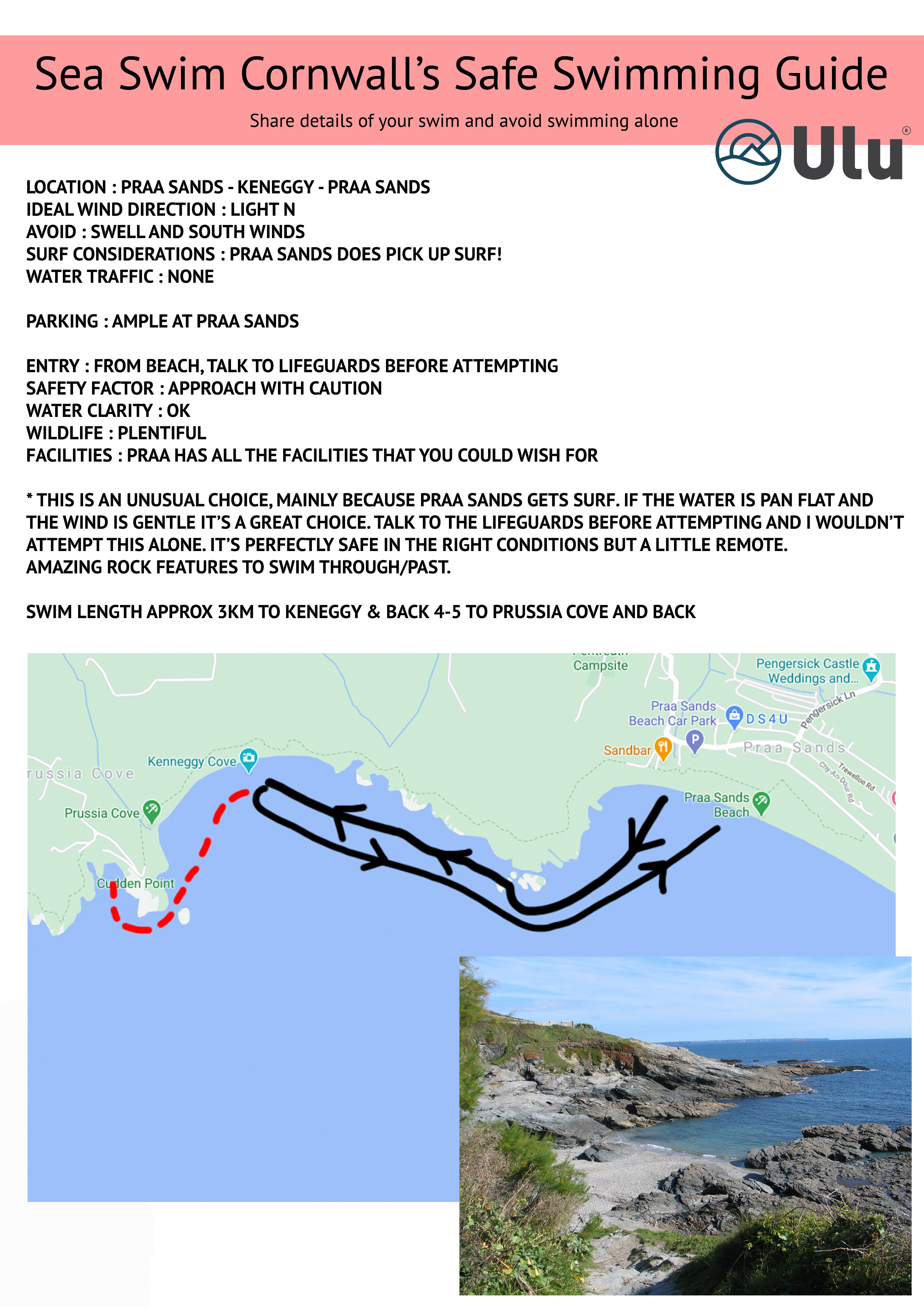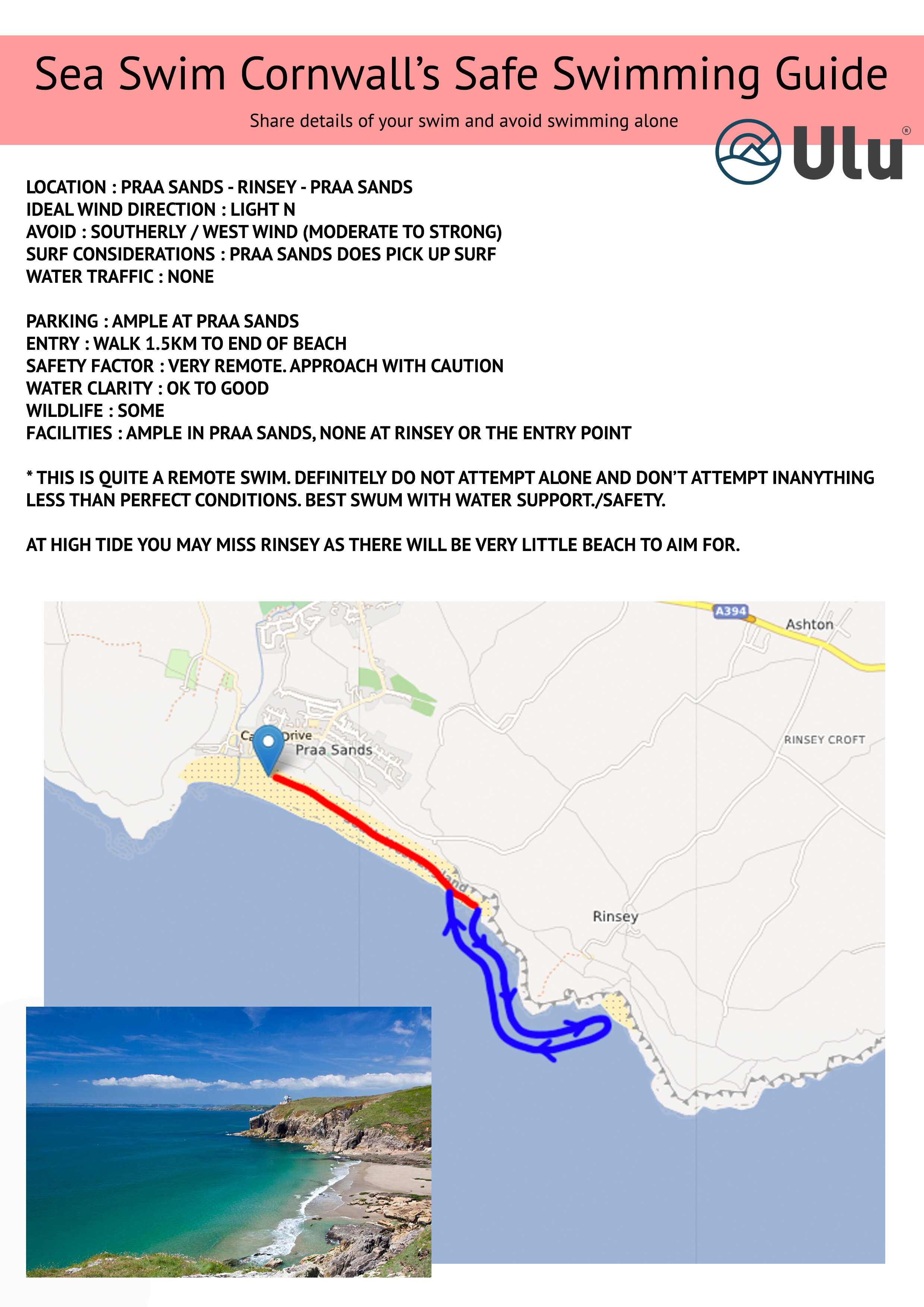Swimming Days Out
/If you’re planning on broadening your horizons and taking on a new swim or two in the summer, it might well be worth planning a series of swims over the course of a morning, afternoon or entire day… If you’re going to make the effort to drive to a new area, you may as well do it properly!
Here are a few of Sea Swim Cornwall’s suggestions for some multi-swimming days out. Please bear in mind that you’ll need to check the forecast and ensure the conditions are safe to swim in. We’d always suggest swimming on an incoming tide, preferably neap tides and check the wind direction and strength. Under 20kmph is good and try and avoid a moderate to strong onshore wind. *More info on safe swimming, check out our ‘reading the conditions’ blog post - CLICK HERE.
LIZARD PENINSULA - a number of options here.
You could simply visit Kynance Cove and take on a few swims. Loads of options. Bear in mind that it isn’t lifeguarded. Best swimming on a low tide, with the tide coming in…and swim with company.
Porthallow, Porthoustock and Kennack Sands. Some really interesting swims, with really interesting old industrial features. Other than Kennack, these areas are generally quite quiet…even in summer.
Another option might be Gunwalloe Fishing Cove, followed by Church Cove and Poldhu. Church Cove is lifeguarded in peak summer weeks, Poldhu lifeguarded through the main summer season.
WORTH CHECKING OUT… Roskilly’s for ice cream and great food, also a great option with kids.
PENZANCE - again, a few options. You could look at Porthcurno, Porthchapel (be careful on the way down, a slight bit of bum-shuffling, climbing involved) and Lamorna Cove. Best to attempt either side of the main summer season as parking can be challenging.
Perranuthnoe is another option. Starting on Perranuthnoe Beach, you can then head east and you’ll find another couple of tracks leading to additional launching beaches. Obviously you are a little off the beaten track, so be careful when swimming.
WORTH CHECKING OUT - Pickle on the prom, Tremenheere Kitchen or the Beach Cafe (Perranuthnoe).
ST AUSTELL - Lovely short walk and options, simply look at Porthpean, Duporth and Charlestown. Best to finish at Charlestown on a high tide. You can park at Porthpean. Beautiful stretch of coast and if you avoid an easterly wind, normally very protected.
ST IVES - Porthkidney, Carbis Bay and Porthminster. Best during dry conditions, as part of the coastal path can get quite muddy. You can park at Carbis Bay and walk to the end of Headland Rd to access Porthkidney, follow the same route back to Carbis Bay and take the coastal path to Porthminster. Approx 2-2.5 miles of walking. Best heading for Porthkidney just before a high tide.
*You could also try Porthminster, Porthgwidden and Bamaluz Beach. Get the train into St Ives from either Carbis Bay or St Erth.
WORTH CHECKING OUT - Ocean Sports Centre on Carbis Bay.
ROSELAND - Porthcurnick Beach, followed by a short walk over to Portscatho and the swimming pontoon. You could then walk over to Porthbean or take on a much longer walk or drive over to either Pendower / Carne Beach.
WORTH CHECKING OUT - The Hidden Hut (although I felt like the prices were a tad high on the last visit but still worth a visit!).























